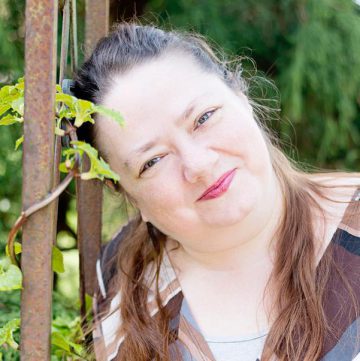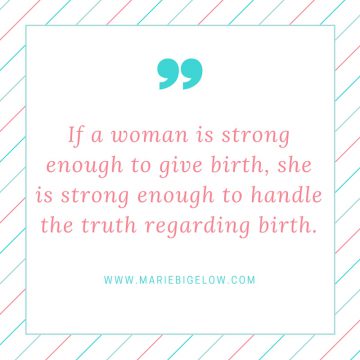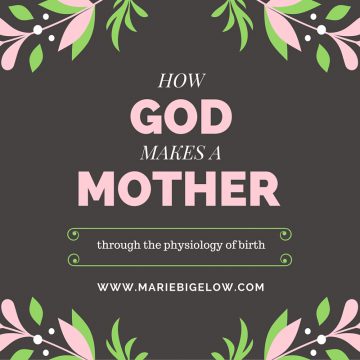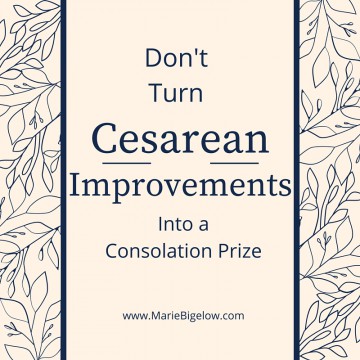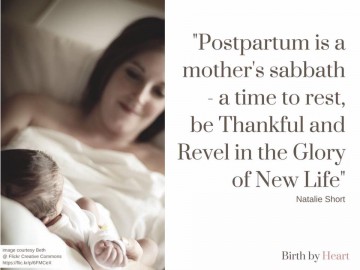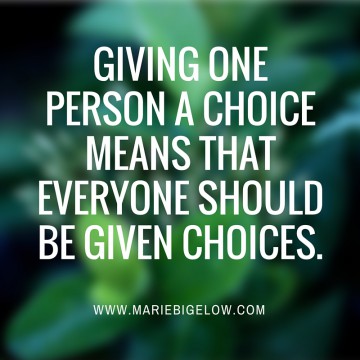Breastfeeding Bond
Breastfeeding is so special. It can be a source of comfort, love and bonding. It is beautiful, good for baby, and good for momma.
But what about when it’s not?
For some women, myself included, there can be endless obstacles, problems, challenges, heartache and tears! This is my story, and includes a few major “obstacles” I experienced after the birth of my third child. We had a beautiful natural birth. It was only 4 hours long and he was delivered safely, all on his own. We chose to not find out the gender, so when he was born I swooped him up quickly and held him tightly to my chest as I cried tears of joy! I pulled him away and announced to my hunny that we had another son! It was a picture perfect birth.
Immediately following birth he latched on and began to nurse. I nursed my first two children exclusively for nearly a year. So I figured breastfeeding would be no problem for me! I was an expert. During this first feeding, it felt awkward, uncomfortable and painful. I asked my midwife to check his latch because it seemed different, she told me it looked great and to continue because “it’s always tender at first” (very true). I also asked the pediatrician to check the latch and she did as well.
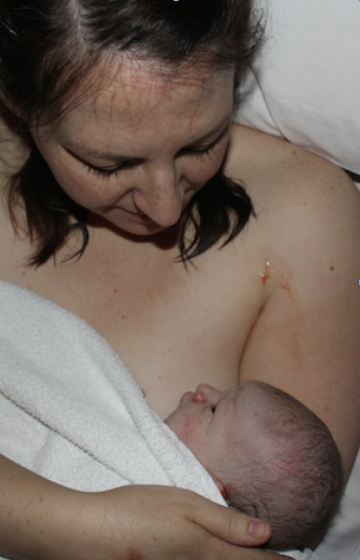
Every time I nursed it still hurt. ‘Maybe I should call the lactation consultant,’ I thought. ‘But I’m a third time mom, this is like riding a bike! I’m fine.’ Wrong! I decided to be humble and ignore my embarrassment and eventually called for the Lactation consultant to come in. She checked the baby’s mouth and tongue for ties (what the heck is a tie??) and did not find any. She then evaluated the latch and said it was good. (okay, great! I’ll try again, thank you very much!)
Well guess what? Nothing improved. Even though I saw 4 doctors and 3 lactation consultants. None of them could help. I spent 3 long months trying figure out nursing. I would cry through every – single – feeding. My nipples had begun to crack and were very sore and painful to touch. When my son was 2 weeks old I was burping him and his spit up was completely red from the blood of my nipples. I never had baby blues with my others, but I had it now! I wanted to be happy and enjoy my baby, but I began to resent feedings. I was so weary of him that I went to great lengths to keep my older children quiet just so he would sleep longer and I wouldn’t have to nurse.
I was so mad at myself for feeling that way. I wanted to enjoy my baby. I wanted to love nursing like I did with my first two. I felt like a failure each time I saw a different professional and they told me nothing was wrong. I thought maybe I had post-partum depression and if I could just be happy it wouldn’t hurt to nurse. I was angry at my baby. I was angry at my breasts, but mostly I was angry at the professionals that couldn’t help me. I lost faith in their abilities.
My husband was so sweet and supportive, but he had a hard time understanding why I wouldn’t feed the baby formula. The problem was, I knew how to nurse and I knew I could do it! I had already successfully nursed two babies! I just didn’t know why this baby couldn’t do it! Together we prayed, fasted, and he gave me several blessings.
Seek Help
My sweet sister also had a nursing baby at the time, and one day offered to nurse my son. We spent the whole day together and she nursed him several times. At first she said it was good- felt normal- but by the end of the day she was in pain as well, and said she couldn’t do it anymore. Heaven to my ears! I knew it wasn’t my fault! Her confirming that it felt different gave me even more hope and a desire to seek answers. I decided to share my story on social media and got the response from several women that my son MUST be tongue-tied.
I thought they were crazy. How could seven different professionals say this was not the case, and ten moms who never even looked at my son be SO SURE that it was the case? I didn’t care! I listened to them and saw a specialist the next day.
At the initial appointment with the tongue-tie specialist, I watched a video describing tongue-tie, the effects in the baby and the mother, and the process of diagnosing it. I cried through the WHOLE video. My son had every – single – symptom. And I had EVERY – SINGLE – SYMPTOM. When the nurse came back to the room after the video she asked if I had any questions about the video. I immediately said, “YES! How long until the doctor can fix this!?” I felt so relieved. The doctor diagnosed my son with a 4th degree tie. I asked my doctor in tears why no one else could see it. I explained to him that I had seen SEVEN different professionals and none of them diagnosed my son properly. I had to endure pain for six long weeks! I was so angry at each one of them for being so neglectful. My doctor explained that 4th degree ties are very uncommon and hard to see unless you have been specifically trained in the area. He explained that many women who have breastfeeding problems switch to bottle feeding, so birth professionals no longer encounter problems like this, thus losing the opportunity to learn from it.
The days following the tongue-clipping were so much better! My nipples healed within days and nursing began to become lovely, just as I hoped it would be.
What is a tongue-tie?
“Tongue tie’, ‘Ankyloglossia’ or ‘short frenum’ are the terms used when the lingual frenum is short and restricts the mobility of the tongue.” (http://tonguetie.net/background/) In other words, a tongue-tie is when the tissue that connects the tongue to the floor of your mouth is too short for the tongue to extend out past the teeth. A tongue-tie can cause many problems in a developing child such as breastfeeding difficulty and speech and language development.
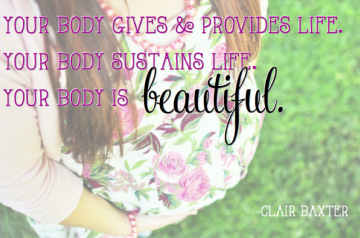
Sometimes it seems our bodies have to go through heaven and hell. It’s hard. Sometimes there are obstacles. Don’t give up! Don’t stop trying! You are beautiful.
Your body is a gift. A gift that can keep on giving! Trust in your body and your instincts.
You are strong, Momma
Your body gives and provides life.
Your body sustains life.
Your body is beautiful.
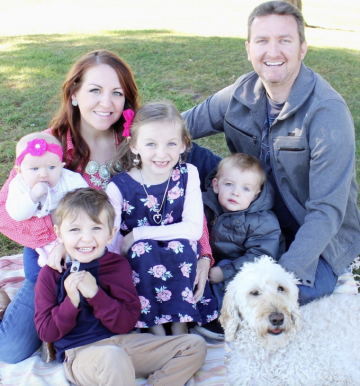
Bio
I am Clarissa Baxter, mother of four. This experience helped me substantially when my fourth child was born. As soon as my baby entered this earth and I pulled her up to my chest- I could see she had a tongue-tie. The very next day an ENT (ear, nose and throat doctor) came to my hospital room and clipped her tongue right there. She was diagnosed with a 1st degree, meaning at the very front of her tongue.
It was such a relief to know that because of my hard work, learning and knowledge that I was able to take care of a problem the second time around before it even became a problem. In addition, my daughter was the first baby to ever have her tongue clipped in that hospital. The head nurse came to my room to thank me for insisting that a doctor come to my aid to help my nursing baby. She said that I was the first mother to ever do that and that it created a “buzz“ around the maternity ward. Throughout my stay in the hospital I had several nurses come to my room and thank me as well. I felt very proud to have helped the hospital in a small step to becoming a baby-friendly status hospital. Several of the nurses invited me to attend the breastfeeding support group to share my story and hopefully help other mothers. I have always had a passion for labor; birth and breastfeeding, but feeling the reward of being helpful really lit a fire under me. This led me to enroll in an online doula course and become a certified labor and birth doula. I am now on my way to becoming a midwife and hope to help many more women in the future.

Written by Clarissa Baxter, CNA, CLD(CBI)
- Birth Doula, Certified Nurse Assistant, Childbirth Instructor, Midwifery Student at Midwives College of Utah
- 480-338-2851
- clarissajbaxter@gmail.com
- Serving San Lorenzo, CA


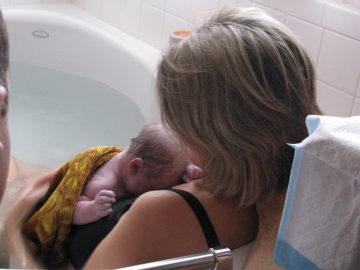


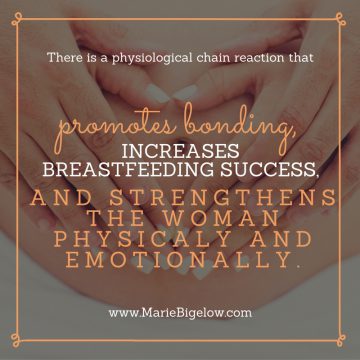
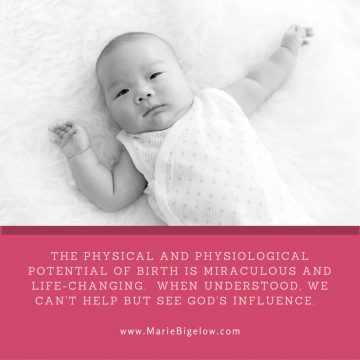
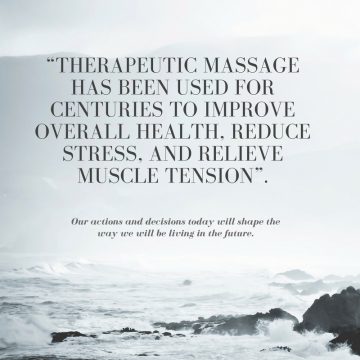 *
*

